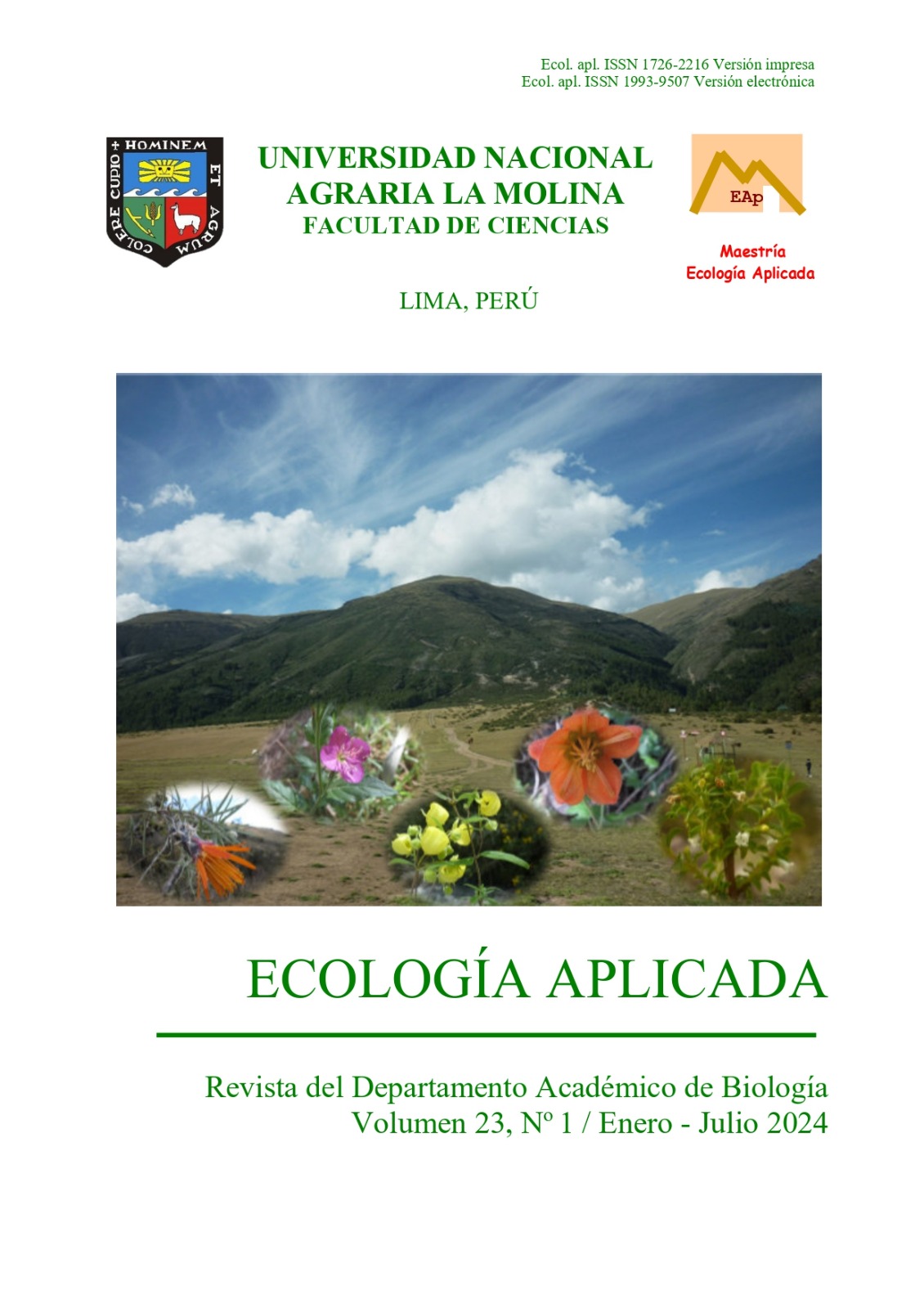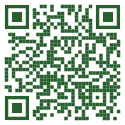REPRODUCTIVE BEHAVIOR STUDY OF THE HUMBOLDT PENGUIN(Spheniscus humboldti), PACHACAMAC ISLAND - PERU
DOI:
https://doi.org/10.21704/rea.v23i1.2166Keywords:
behavior, penguin, reproductive, time budgetAbstract
The behavior of the Humboldt penguin (Spheniscus humboldti Meyen, 1834) has been studied in captivity and in the wild since the 1980s following methodologies proposed by different authors. In this article, the method of recording time budgets was used through the focal animal sampling technique to analyze the behaviors of Humboldt penguins during the reproductive period of 2010 on Pachacamac Island. There was a sampling effort of 250 hours and the analysis of the behaviors took into account the variations according to the nesting places and the months of study. As a result, 46 behaviors were recorded, grouped into 9 categories: "maintenance", "sexual-social", "aggressiveness", "nest construction", "egg care", "chick care", "locomotion", "stationary or rest" and "visual". The “stationary” categories (40.5%) and those related to the nest (25.2%) were the ones that presented the highest frequency. A significant difference was found in the behavior regarding the place of settlement and nesting of the group, as well as through the months of study. In addition, behaviors related to habitat quality and reproductive success are discussed, and recommendations are provided to evaluate the behavior of S. humboldti in future studies.
Downloads
References
Altmann J. 1974. Observational Study of Behavior: Sampling Methods. Behaviour, 49: 227-267. https://brill.com/view/journals/beh/49/3-4/article- p227_3.xml.
Ashmole N.P. 1963. The regulation of tropical oceanic birds. Ibis, 103b(3): 458-473. https://onlinelibrary.wiley.com/doi/10.1111/j.1474- 919X.1963.tb06766.x.
Bennett K. 1993. Behavioral Observations of Captive Magellanic Penguins (Spheniscus magellanicus) with Chicks. Penguin Conservation, 6: 7-12.
Bertrand L., Cholley M., Deloffre A., Gaucher P., Grovel M., Guillemette C., Lhermitte R., Nivet M.L., Sabourin S. & Tamburro A. 2014. Estudio del comportamiento de Arctocephalus australis y de Spheniscus humboldti en respuesta a las perturbaciones humanas y recomendaciones de gestión del turismo sobre la RNSIIPG. Informe presentado al Servicio Nacional de Áreas Naturales Protegidas. International Mission of Expertise & Institut de Recherche pour le Développement.
Castro N. 2005. Variación temporal del éxito reproductivo del Pingüino de Humboldt Spheniscus humboldti (Meyen, 1834) en Punta San Juan, Marcona Perú (2000-2003). Tesis para optar el Título de Bióloga. Facultad de Ciencias. Universidad Nacional Agraria La Molina.
Edgington D.G. 1989. Behavioural and Morphological Sexing of the Humboldt Penguin (Spheniscus humboldti). Spheniscid Penguin Newsletter, 1(2): 14-20
Ellenberg, U., Mattern T., Seddon P. J. & Luna-Jorquera G. 2006. Physiological and reproductive consequences of human disturbance in Humboldt penguins: The need for species-specific visitor management. Biological Conservation, 133(1): 95–106. DOI: 10.1016/j.biocon.2006.05.019. https://www.academia.edu/9527510/Physiological_and_reproductive_consequences_of_human_disturbance_in_Humboldt_penguins_The_need_for_species_specific_visitor_management.
Frere E., Gandini P. & Boersma P.D. 1992. Effects of nest type and location on reproductive success of the magellanic penguin Spheniscus magellanicus. Marine Ornithology, 20(1-2): 1-6. http://www.marineornithology.org/article?rn=278.
Gandini P., Frere E. & Boersma D. 1997. Efectos de la calidad de hábitat sobre el éxito reproductivo del Pingüino de Magallanes (Spheniscus magellanicus) en cabo Vírgenes Santa Cruz, Argentina. Ornithologia Neotropical, 8: 37-48. https://bit.ly/rEA-UNALM-6.
Kharitonov S.P. & Siegel- Causey D. 1985. Colony Formation in Seabirds (Chapter 5). In: Johnston R.F. (Ed) Current Ornithology Volume 5. 223-271. Current Ornithology book series. Springer. Boston, MA. https://doi.org/10.1007/978-1-4615-6787-5_5.
Merritt K. & King N. 1987. Behavioral sex differences and Activity Patterns of Captive Humboldt Penguins (Spheniscus humboldti). Zoo Biology, 6(2): 129-138. DOI: https://doi.org/10.1002/zoo.1430060204.
Oetiker M.J. 2009. Efecto de la aproximación de botes turísticos sobre la conducta de alerta y escape en colonias de pingüinos en el monumento natural islotes de Puñihuil. Tesis para optar el Título Profesional de Médico Veterinario. Universidad de Chile Facultad de Ciencias Veterinarias y Pecuarias. https://repositorio.uchile.cl/handle/2250/130991.
Otsuka R., Aoki K., Hori H. & Wada M. 1998. Changes in circulating LH, sex steroid hormones, thyroid hormones and corticosterone in relation to breeding and molting in captive humboldt penguins (Spheniscus humboldti) kept in an outdoor open display. Zoological Science, 15(1): 103-109. DOI: https://doi.org/10.2108/zsj.15.103.
Patterson I.J. 1980. Territorial behavior and the limitation of population density. Ardea, 68(1-4): 53-62. https://ardea.nou.nu/ardea_show_abstract.php?lang=uk &nr=1555.
Paz-Soldán L. & Jahncke J. 1998. La población del pingüino de Humboldt Spheniscus humboldti en Isla Pachacamac y el Evento El Niño 1997-98. Boletín del Instituto del Mar del Perú, 17(1-2): 75-80. https://revistas.imarpe.gob.pe/index.php/boletin/article/v iew/176.
Riveros J. 1999. Crecimiento y Desarrollo Postnatal del Pingüino de Humboldt Spheniscus humboldti (Meyen, 1834). Tesis para optar el Título de Biólogo. Facultad de Ciencias. Universidad Nacional Agraria La Molina.
Scholten C.J. 1987. Breeding biology of the Humboldt penguin Spheniscus humboldti at Emmen Zoo. Int. Zoo Yearbook, 26: 198–204. DOI: https://doi.org/10.1111/j.1748-1090.1987.tb03158.x.
Scholten C.J. 1992. Choice of Nest-site and Mate in Humboldt Penguins (Spheniscus humboldti). Penguin Conservation, SPN 5: 3-13.
Schwartz M.K., Boness D.J., Schaeff C.M., Majluf P., Perry E.A. & Fleischer R.C. 1999. Female-solicited extrapair matings in Humboldt penguins fail to produce extrapair fertilizations. Behavioral Ecology, 10(3):242–250. https://academic.oup.com/beheco/article/10/3/242/20150 0.
SERFOR. 2020. Cuando veas pingüinos en la playa. [Afiche] SERFOR (Servicio Nacional Forestal y de Fauna Silvestre). http://repositorio.serfor.gob.pe/handle/SERFOR/816.
Siegel S. & Castellan N.J. 1995. Estadística no paramétrica, aplicada a las ciencias de la conducta. 4a. edición. Editorial Trillas. México. https://etrillas.mx/libro/estadistica-no-parametrica- aplicada-a-las-ciencias-de-la-conducta_2051.
Sutherland W.J., Newton I. & Green R.E. 2005. Bird Ecology and Conservation. A Handbook of Techniques. Techniques in Ecology and Conservation Series. Oxford University Press. https://global.oup.com/academic/product/bird-ecology- and-conservation-9780198520863?cc=us&lang=en&.
Taylor S.S., Leonard M.L. & Boness D.J. 2001. Aggressive Nest Intrusions by Male Humboldt Penguins. The Condor, 103(1): 162-165. DOI:
https://doi.org/10.1093/condor/103.1.162.
Teare J.A., Diebold E.N., Grzybowski K., Michaels M.G., Wallace R.S. & Willis M.J. 1998. Nest site fidelity in Humboldt penguins (Spheniscus humboldti) at Algarrobo, Chile. Penguin Conservation, 11, N°1: 22–23. Tinbergen N. 1963. On aims and methods of Ethology. Ethology [antes: “Zeitschrift für Tierpsychologie”], 20(4): 410-433. https://doi.org/10.1111/j.1439-0310.1963.tb01161.x.
Zavalaga C. & Paredes R. 1997. Humboldt penguin at Punta San Juan, Perú. Penguin Conservation, 10(1): 6-8.
Downloads
Published
Issue
Section
License
Copyright (c) 2024 Lady Amaro, Cecilia Rivas Medina, Luis Paz Soldán

This work is licensed under a Creative Commons Attribution-NonCommercial 4.0 International License.



